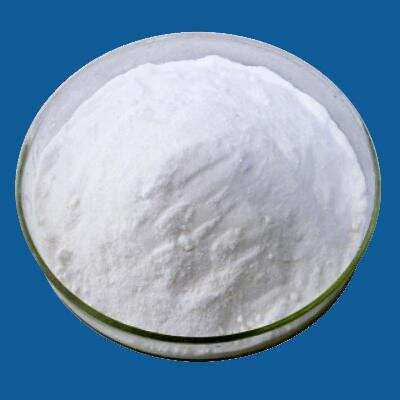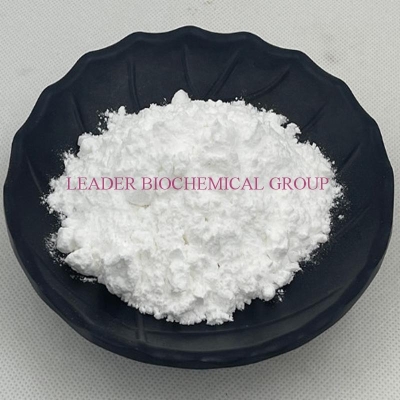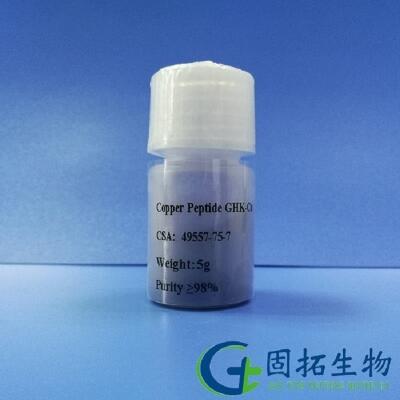-
Categories
-
Pharmaceutical Intermediates
-
Active Pharmaceutical Ingredients
-
Food Additives
- Industrial Coatings
- Agrochemicals
- Dyes and Pigments
- Surfactant
- Flavors and Fragrances
- Chemical Reagents
- Catalyst and Auxiliary
- Natural Products
- Inorganic Chemistry
-
Organic Chemistry
-
Biochemical Engineering
- Analytical Chemistry
-
Cosmetic Ingredient
- Water Treatment Chemical
-
Pharmaceutical Intermediates
Promotion
ECHEMI Mall
Wholesale
Weekly Price
Exhibition
News
-
Trade Service
2-Amino-5-bromonicotinic acid is an important intermediate in the production of a variety of chemical products, including dyes, pharmaceuticals, and pesticides.
The production process of 2-amino-5-bromonicotinic acid involves several steps, including the synthesis of the precursor substances, their purification, and the final reaction to form the target compound.
In this article, we will take a detailed look at the production process of 2-amino-5-bromonicotinic acid.
Step 1: Synthesis of Precursor Substances
The production of 2-amino-5-bromonicotinic acid starts with the synthesis of the precursor substances, which include 5-bromouracil and 2-amino-6-chloropurine.
5-Bromouracil can be synthesized by reacting uracil with bromine in the presence of a catalyst, such as hydrogen chloride.
2-Amino-6-chloropurine can be synthesized by treating 6-chloropurine with ammonia in the presence of a catalyst, such as hydrochloric acid.
Step 2: Purification of Precursor Substances
After the synthesis of the precursor substances, they must be purified to remove any impurities that may have been introduced during the synthesis process.
This can be done using various purification techniques, such as crystallization, chromatography, and recrystallization.
The purified precursor substances are then ready for the next step in the production process.
Step 3: Formation of 2-amino-5-bromonicotinic Acid
The final step in the production of 2-amino-5-bromonicotinic acid is the reaction of the precursor substances to form the target compound.
This can be done by treating 5-bromouracil with 2-amino-6-chloropurine in the presence of a catalyst, such as hydrogen chloride.
The reaction can be carried out in a suitable solvent, such as water or an organic solvent, at an appropriate temperature and pressure.
Step 4: Separation and Purification of 2-amino-5-bromonicotinic Acid
After the formation of 2-amino-5-bromonicotinic acid, the product must be separated from any impurities that may have been introduced during the reaction.
This can be done using various techniques, such as filtration, centrifugation, and chromatography.
The pure 2-amino-5-bromonicotinic acid is then ready for use in the desired application.
Conclusion
The production process of 2-amino-5-bromonicotinic acid involves the synthesis of precursor substances, their purification, and the final reaction to form the target compound.
The process requires the use of various purification techniques and catalysts to ensure the purity and accuracy of the final product.
With proper handling and storage, 2-amino-5-bromonicotinic acid can be a valuable intermediate in the production of a variety of chemical products.







